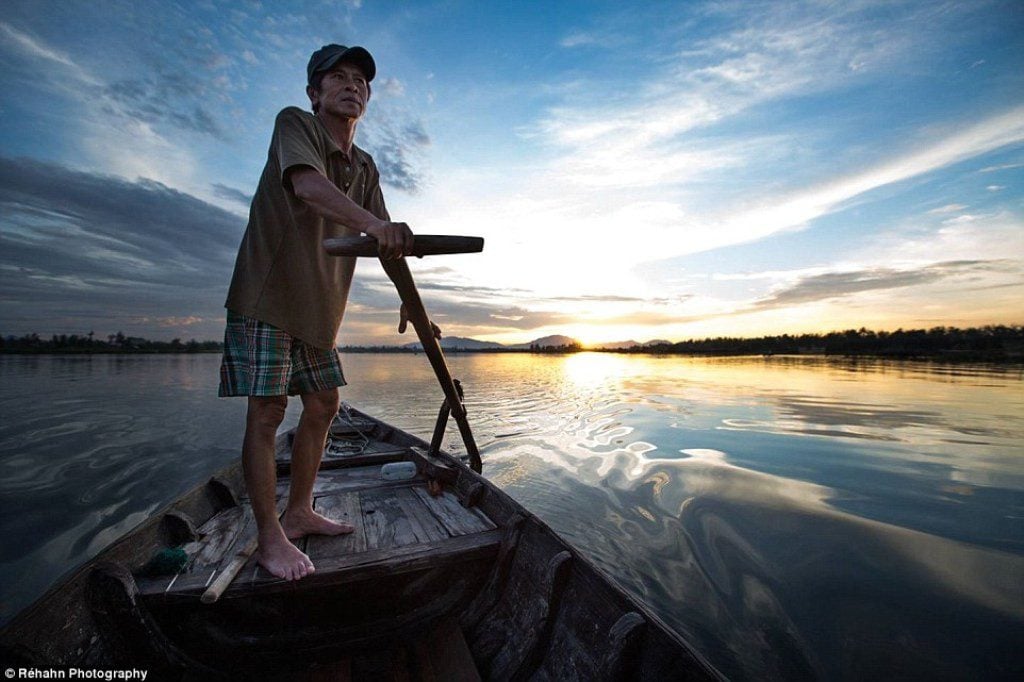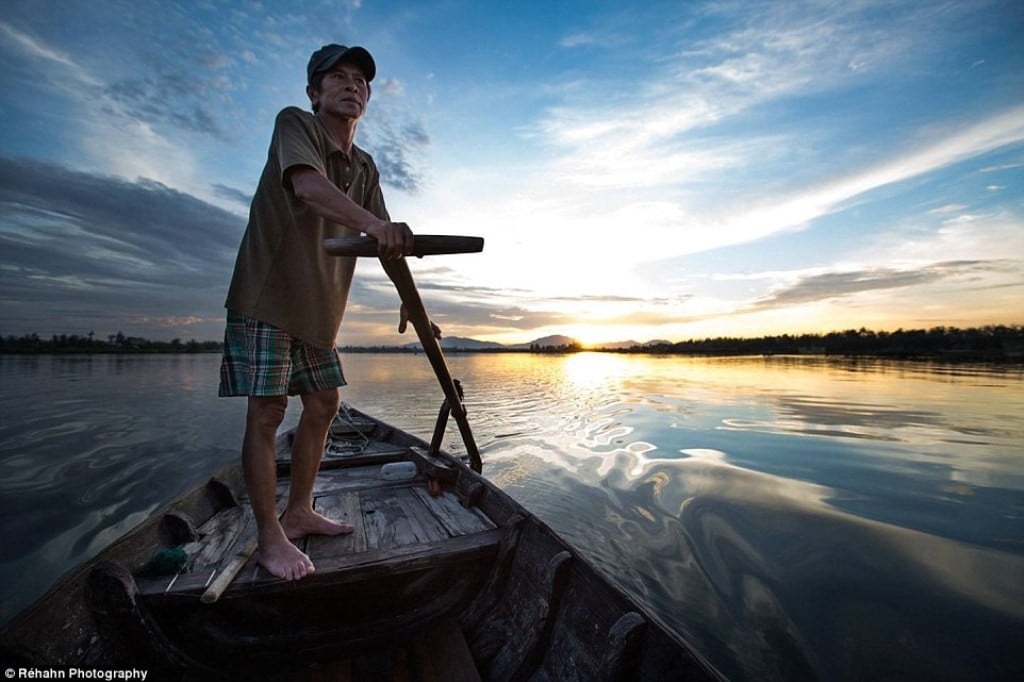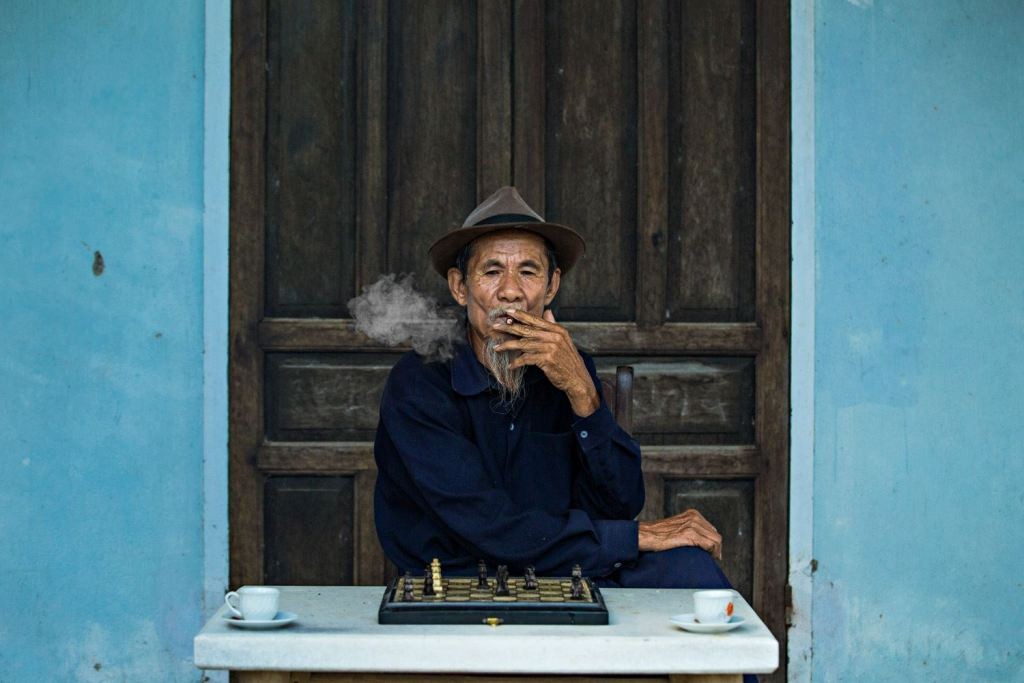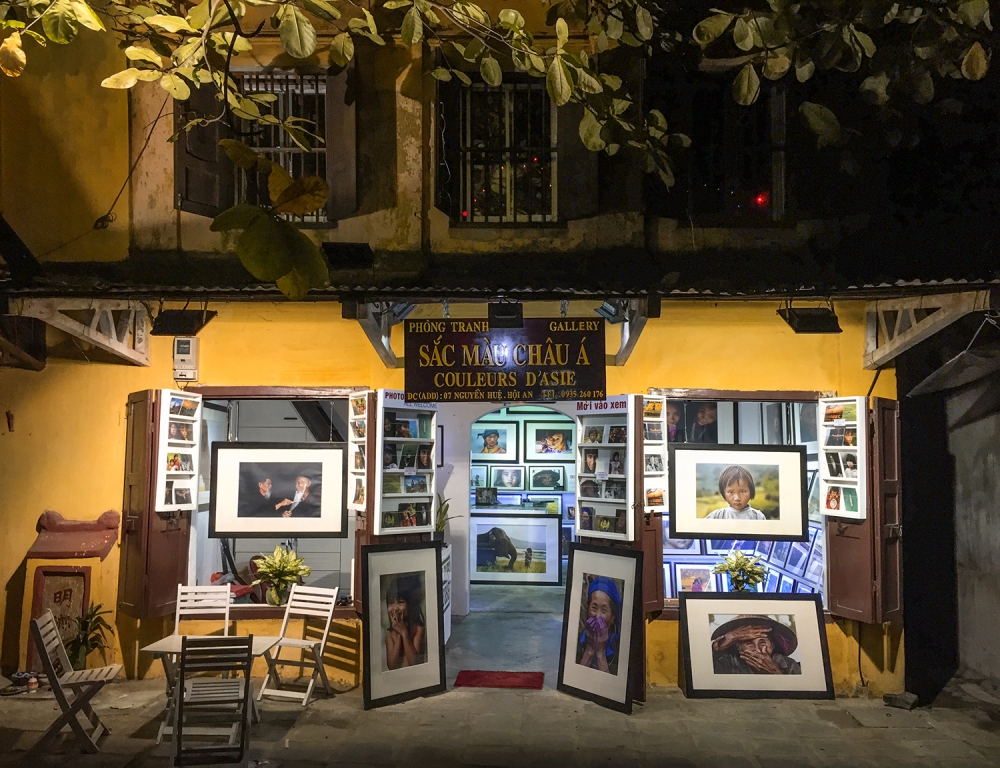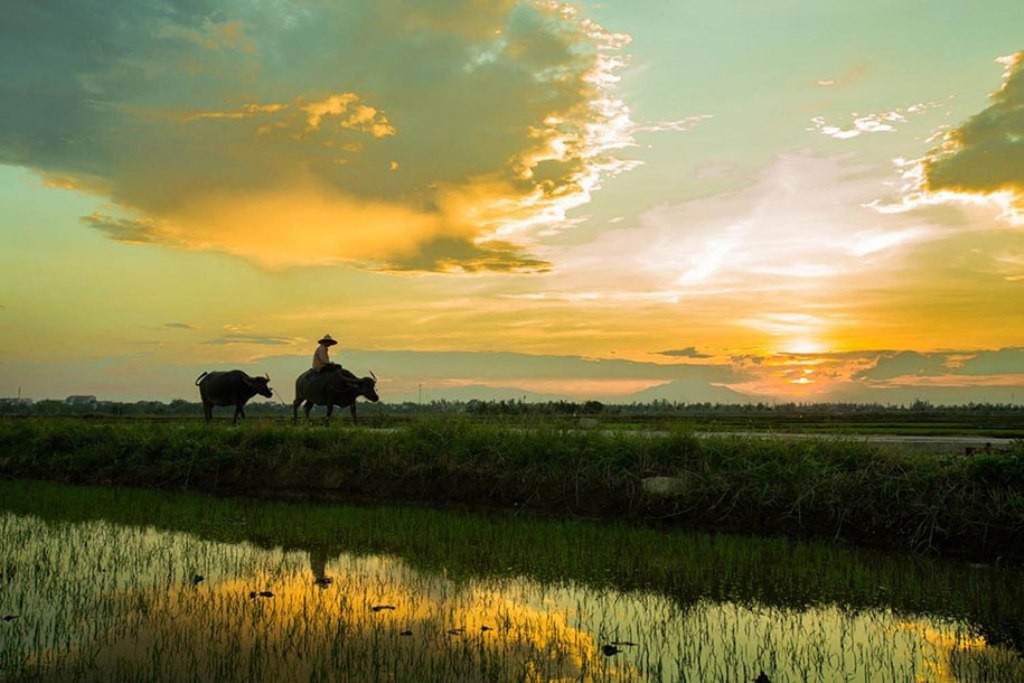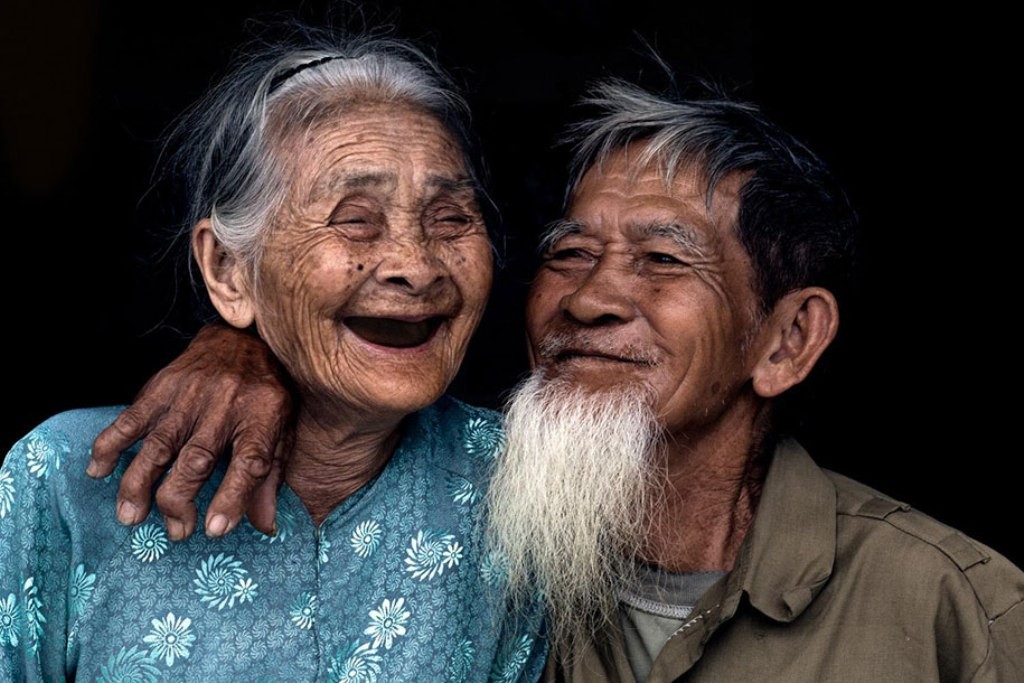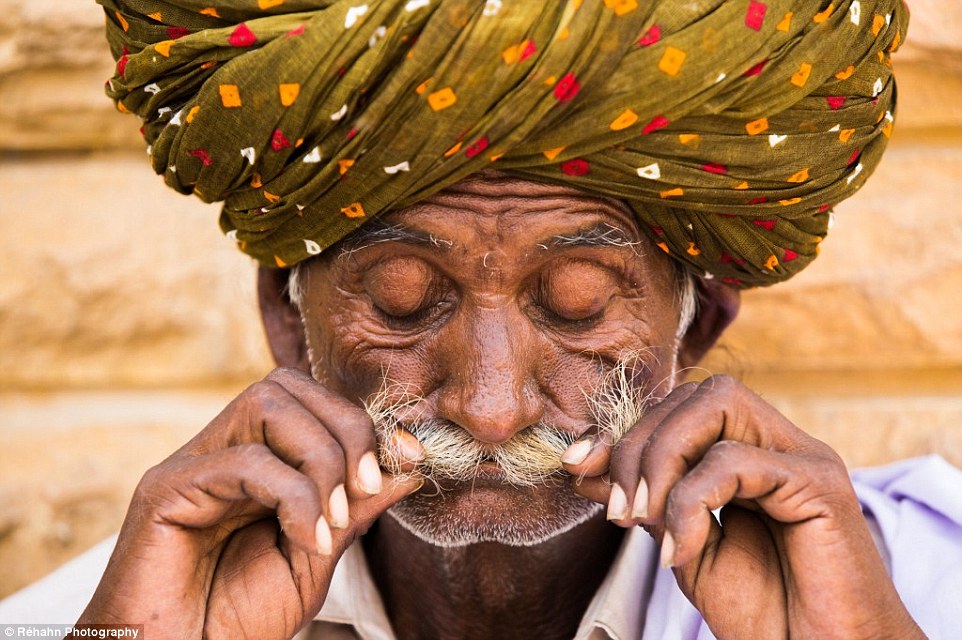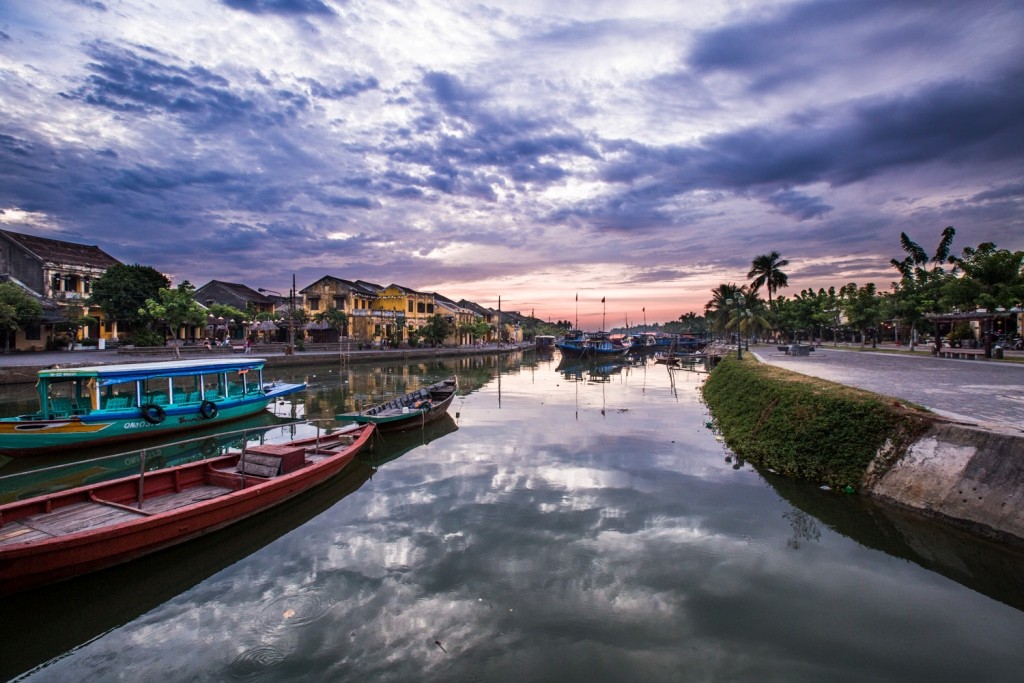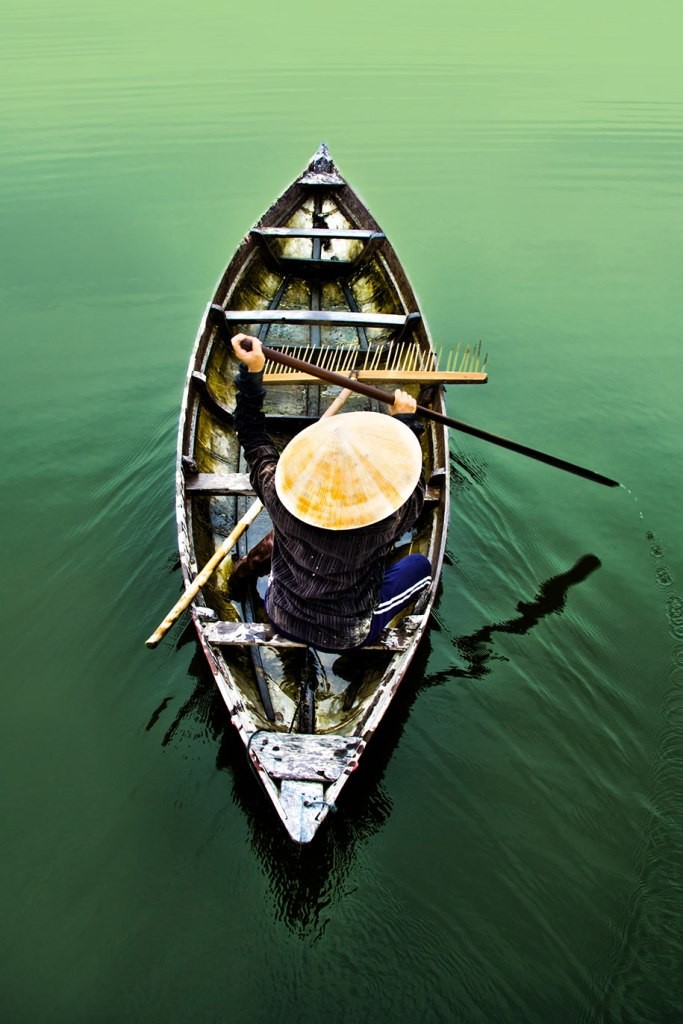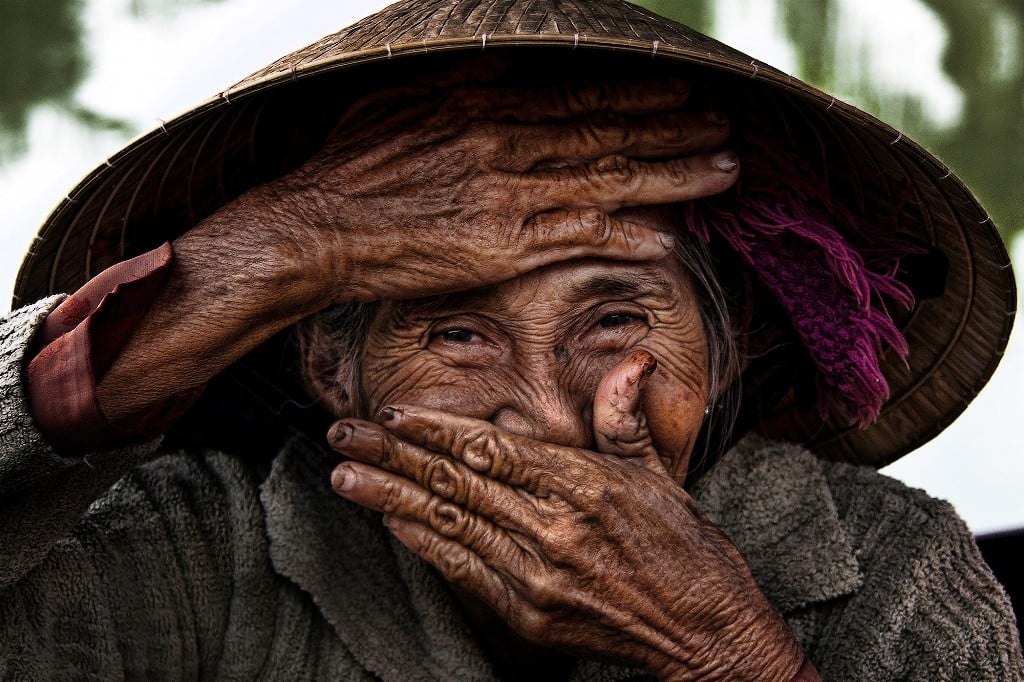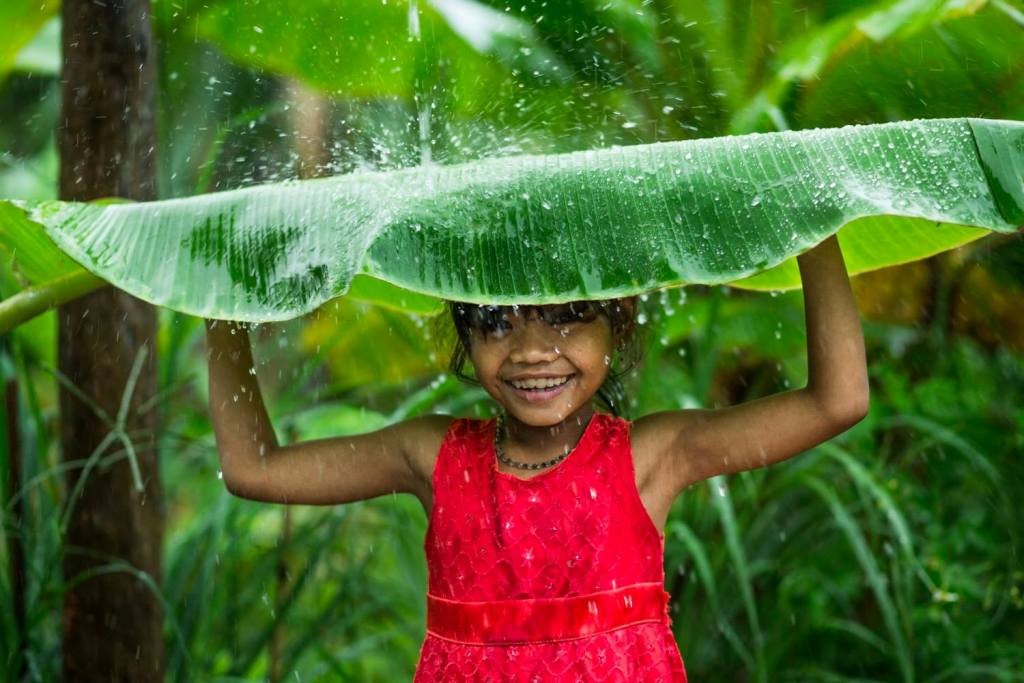With centuries of history as a port city whose architecture has been influenced by the Cham, Portuguese, Japanese, Chinese and Vietnamese, the city of Hoi An is a photographer’s paradise. Everywhere you look in the pedestrian-friendly Ancient Town, there are bicycles propped against deep ochre-colored walls, the peeling paint only adding texture to the scene. Chinese assembly halls stand side by side with wooden merchant houses. Thanks to its location where the Thu Bon River meets the East Sea, waterscapes and lush rice paddy landscapes are all within a 10-minute drive from the city center.
Few have captured the beauty of Hoi An, both in its people and its scenery, like Hoi An-based photographer Re?hahn. After just four years of photography, his emotion-packed portraits have gained worldwide attention, winning him over 240,000 Facebook followers the world over.
Re?hahn decided to move from France to Hoi An because he was sponsoring two Vietnamese girls there. From his first visit, he fell in love with the city and moved with his wife and infant son. He now has a gallery, Colours d’Asie, and several other businesses in town.
A self-taught photographer, Re?hahn calls Hoi An his “open air studio because there’s so much to photograph. I like to go out with my son driving on a motorbike. We might do 5-10 kilometers in the countryside. We might see students wearing ao dai [Vietnam’s traditional long dress] on bicycles and find new places. I’ll check to see what time the sun goes down and come back the next day. I like Ho Chi Minh City, but Hoi An is perfect for me,” he says. “There’s nothing to distract my eyes. There’s not much to do at night. I can focus on my work.”
While Re?hahn also takes beautiful landscape shots, he’s become known for his intimate portraits, along the lines of Steve McCurry and Lee Jeffries. His secret? “Always try to make them smile,” says Re?hahn. “It’s not always possible, but the smile, the smile in the eyes is important, even if they’re covering their mouth. I like very old people with wrinkles and a beard that takes 30 years to grow. When you see a [photo of a] smile, you can’t explain the story behind it but you know something happened between the photographer and the model. You know that it’s not just a snapshot. I like that, when there’s emotion in the photo.”
“It’s more important than technical settings. For that, I’m not a ‘real’ photographer, maybe. I’m self-taught, never had any training. What is a professional photographer? I don’t really know. Sometimes I don’t want to call myself a professional photographer because if it means talking all day about technical things, I don’t want to be one. I just want to make people happy and feel something when they look at my photo. There are much better photographers than me, but if there are good settings but no emotion, no story, it’s not a good photo. Emotion is the first thing. If people feel something when they look at your photo, that’s what’s important.”
In addition to going out in the field and scouting out possible locations, Re?hahn also recommends getting a feel for the location using Google Images.
Before heading off on a recent trip to India, he says: “I typed ‘India’ on Google Images to look for inspiration. I also check forums and specialized photography websites to see what I like, to get a feel about the country. For example, with India, I saw many people with beards, with green eyes, a country perfect for portraits. When I travel, I usually just book my first hotel and travel light. Not quite backpacker but almost. Sometimes you have difficult moments, like when a train gets canceled at 2am and you have to sleep in a very hot train station with many people. But it’s part of the experience. Photographers are like writers and painters. We need inspiration, need to feel, need to be free in your mind. We need these kinds of experiences to make good photos.”
Part of his success has been his willingness to share his photos, often uploading high resolution, non-watermarked photos to his Facebook page. He credits his marketing background in France with his unique approach to sharing. “Other photographers are very good artists,” he says, “but [they] don’t want to post too much online because of copyright. But we’re in the 21st century now. It’s hard to keep copyrights, so for me, I post on Facebook every day. Some photos get 26,000 likes. If each of those people had 50 friends, it’s a million people seeing that photo in 24 hours. A Saigon travel agency used my photo without asking me. I contacted them and told them it was all right as long as they credited me, and they were very happy. In the end, no one wants to share online. They’re very good but no one knows them.”
Vietnam has provided Re?hahn with both a new career and a new life. “When I told my friends that I wanted to be a photographer, an artist, and move to Vietnam, they said: ‘Pshaw, Re?hahn, don’t show off. You’re crazy. Why would you go there?’ If I had listened to them, I would’ve stayed in France [where Re?hahn had a printing business]. But I believe in myself. My wife believes in me.”
“Now, I’m very happy. I’m happy every day when I’m in Vietnam. I didn’t feel like that in France. I felt sick every Sunday night just thinking that I had to go to work on Monday. When I moved here it was a dangerous choice because my son was only one month old. But I’m so happy with my choice. I was born again as a photographer.”
He also says Hoi An is the ideal place to practice photography and to simply live. “There might be more choice in bigger cities,” he says. “But Hoi An is more condensed. It has nice art galleries, craft shops… For me, Hoi An is the best place for food in all of Vietnam because we have more than 500 restaurants here, not counting the market, banh mi [Vietnamese baguette sandwiches] and small shops. Hoi An has everything – Western food, great espresso and cappuccino and small Vietnamese street coffee places. There’s an international school and hospital in nearby Danang [a 30-minute drive from Hoi An]. There’s countryside and the people smile a lot; they’re not so busy. You never hear of petty crime. It’s peaceful and great for families. Visitors usually say it’s the highlight of their whole trip to Vietnam and they wish they had stayed longer.”
That community spirit has helped Re?hahn connect with the residents of Hoi An, his most recognizable being 77-year-old Xong, who’s on the cover of his photography book, Vietnam, Mosaic of Contrasts. “She rows boats for tourists,” says Re?hahn. “She’s still very happy to do that and doesn’t want to stop. That’s such a good lesson to learn about life. She’s 77 years old, still working, very poor, very old, but happy. The photo I took of her [four] years ago was one of my first sellable photos, so very special to me. I still see her every day. She always hugs me, touches me, and touches my hair. She’s like a grandmother for me. She’s my very good friend now.”
All photos by Re?hahn.
For more, visit Re?hahn’s website and his gallery, Couleurs d’Asie, at 7 Nguyen Hue Street, Hoi An. Select prints and books from Re?hahn are also available at the Victoria Hoi An Beach Resort & Spa.
